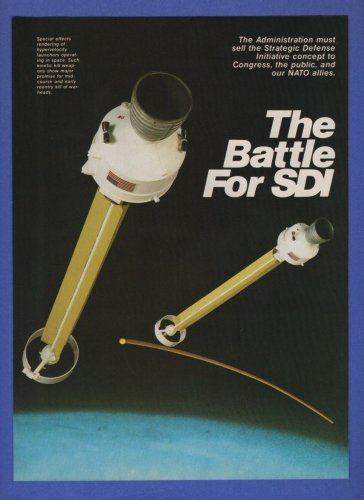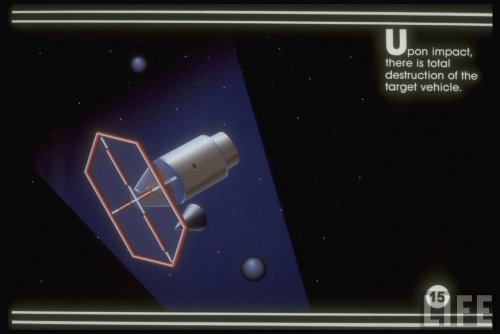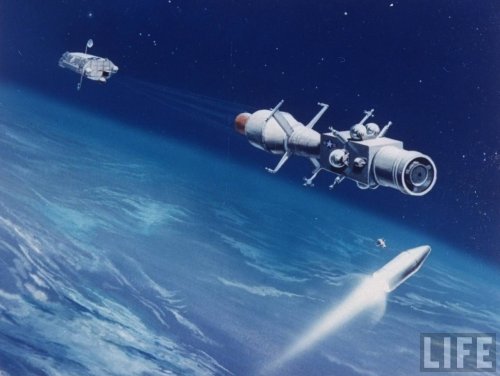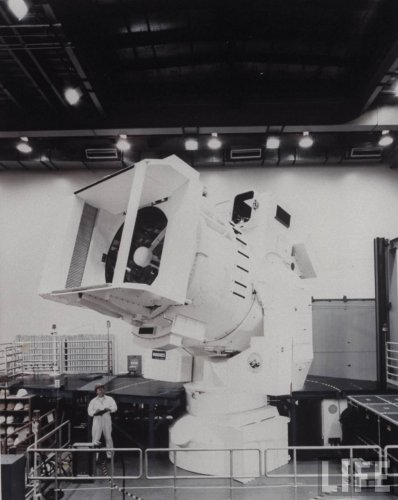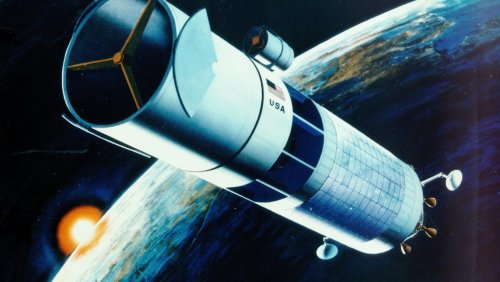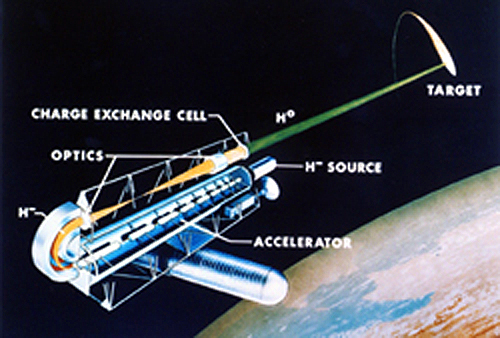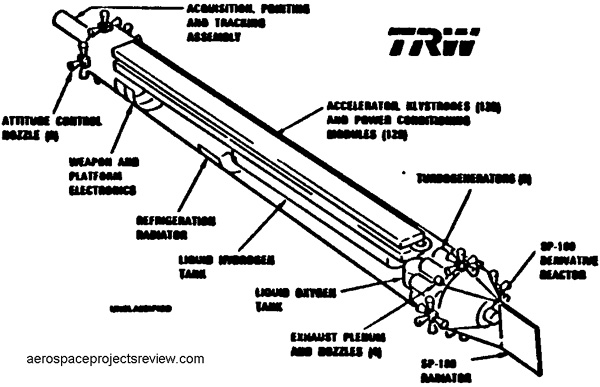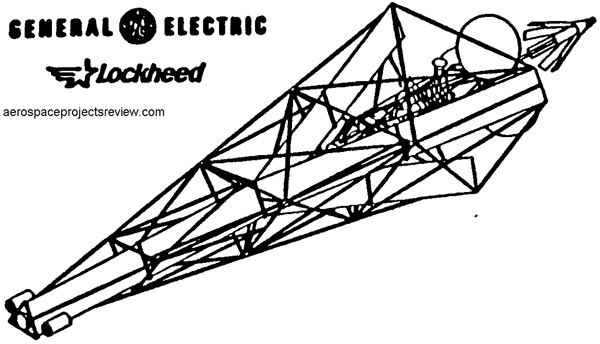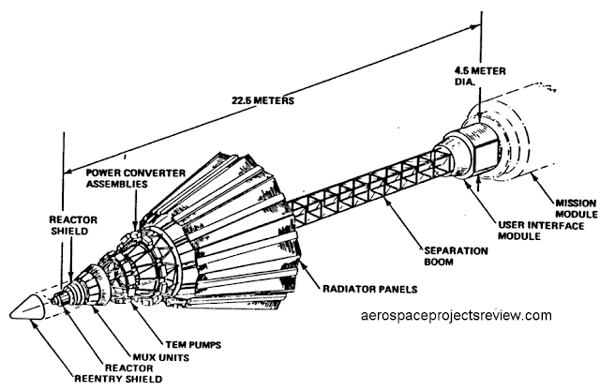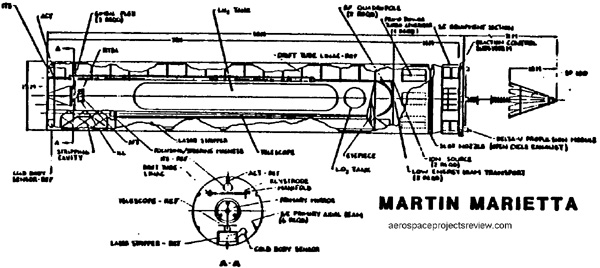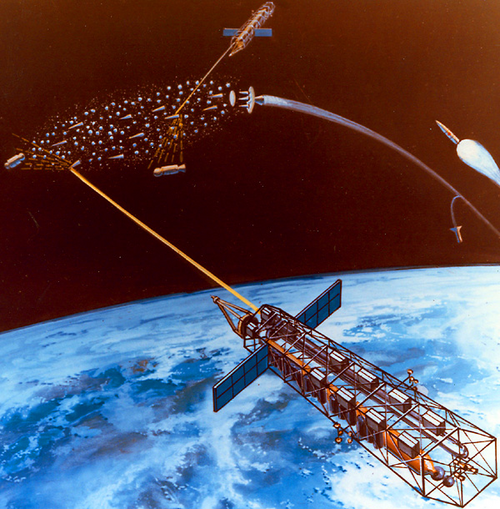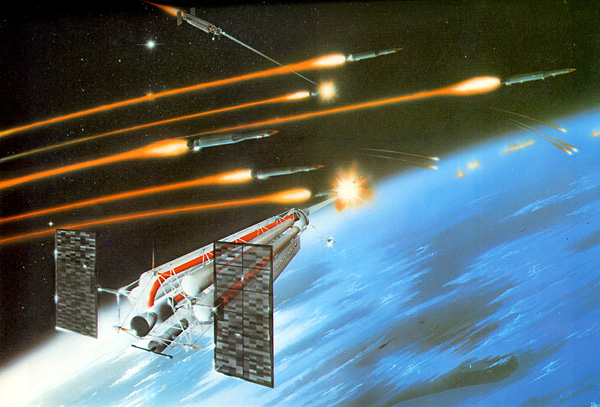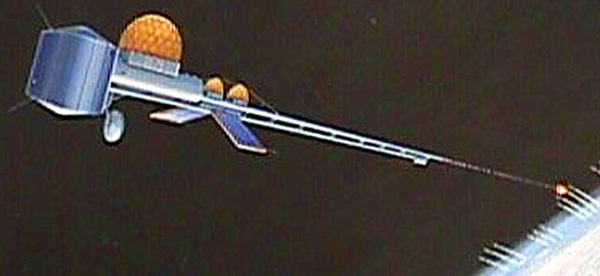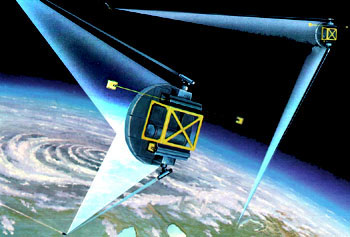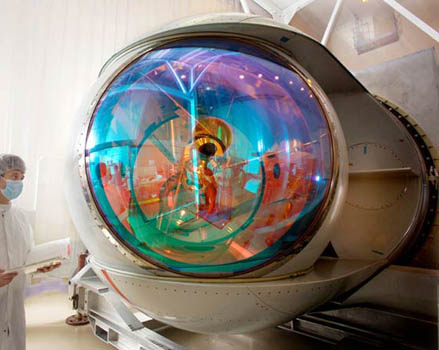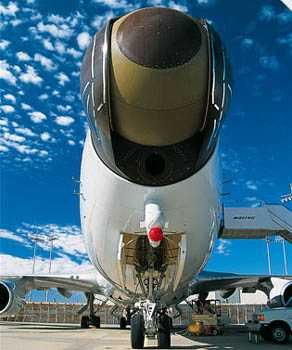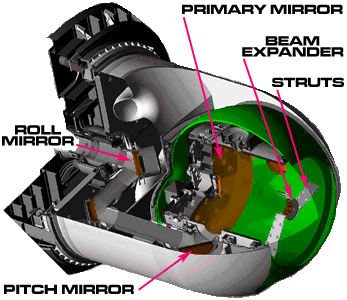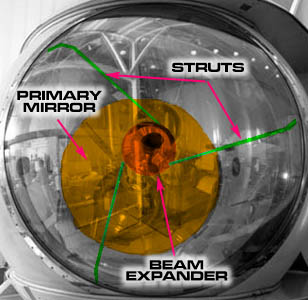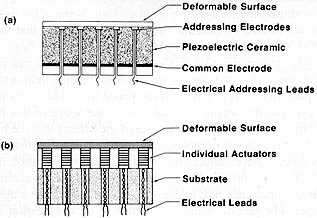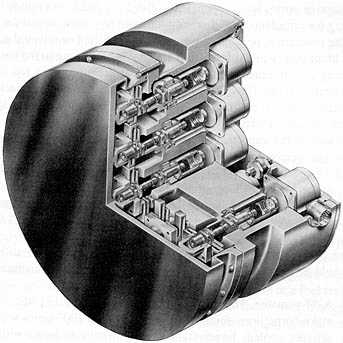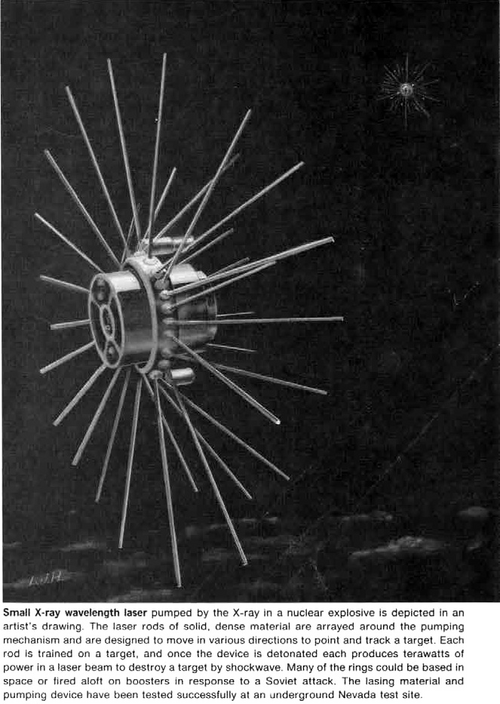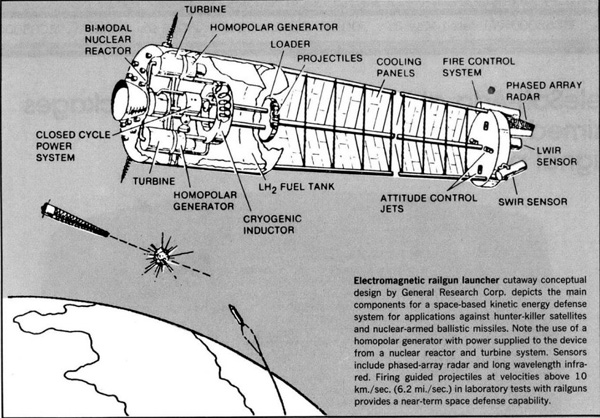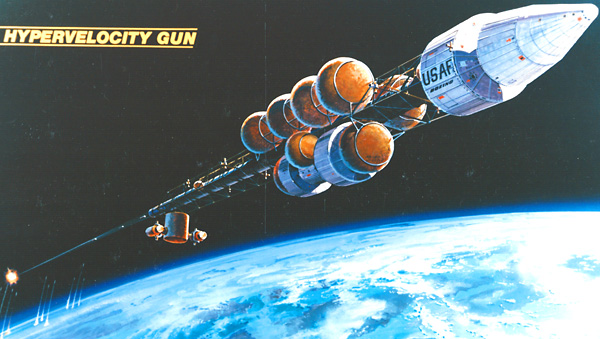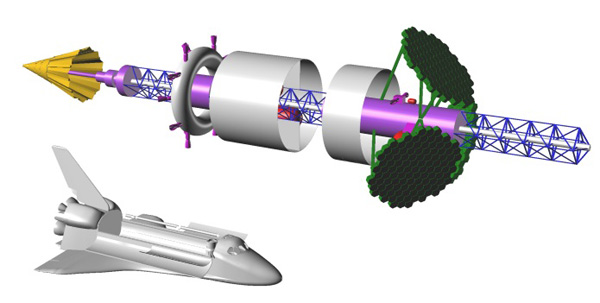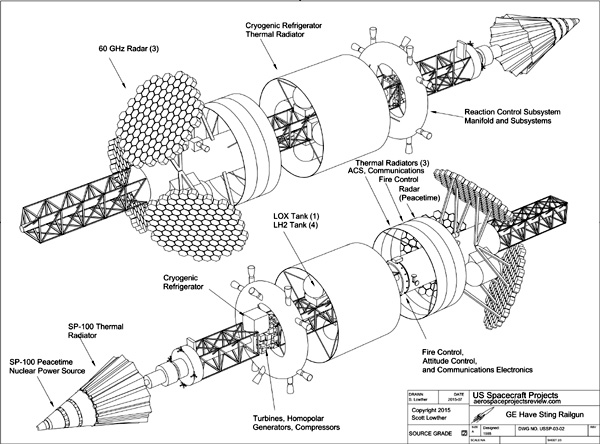oldengg
· 19 hours ago
This paragraph in the article above really has personal interest for me.
"Unlike their colleagues at IPM, the TsNIIMash researchers did not have bombing missions in mind. According to Mozzhorin, the shuttle’s 29-ton payload-to-orbit capacity and, more significantly, its 14-ton payload return capacity, were seen as a clear indication that one of its main objectives would be to place massive experimental laser and particle beam weapons into orbit that could destroy enemy missiles from a distance of several thousands of kilometers. The reasoning behind that was that such weapons could only be effectively tested in actual space conditions and that in order to cut their development time and save costs it would be necessary to regularly bring them back to Earth for modifications and fine-tuning."
These Soviet experts had anticipated Reagan's Strategic Defense Initiate (SDI, aka Star Wars) a decade before that program was initiated. And they were exactly right. The Shuttle would be used to launch prototype directed energy weapons into LEO for testing.
In 1986 my company, McDonnell Douglas, received a contract to build a subscale prototype of an operational neutral particle beam weapon that would be launched on the Space Shuttle. You can see the full scale mockup here that occupied all of the Shuttle payload bay and included the weapon prototype, and free-flying target and detector vehicles.
http://www.aerospaceprojectsreview.com/blog/?p=35...
My job was to design and build the output magnetic optics subsystem that interfaced the output of the linear accelerator (linac) to a distant target. By 1988 we had prototyped the ion source, the particle accelerator components, magnets, and microwave power systems for the accelerator and we had design solutions for scaleup to the full size weapon that could be launched on the Titan IV. No technological breakthroughs were needed to reach the weapons specifications. Of course, with the start in 1989 of the slow motion implosion of the Soviet Union that climaxed in Dec 1991, the Bush administration put Star Wars on the back burner.

